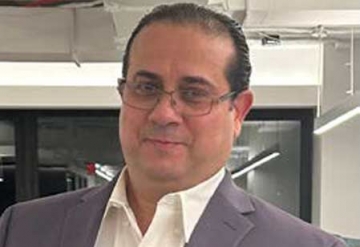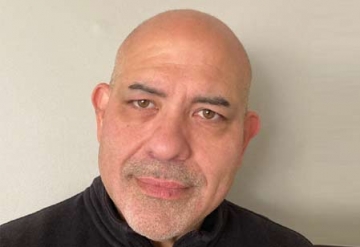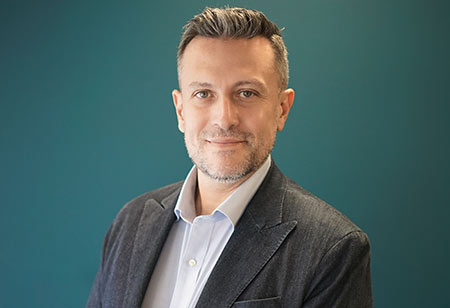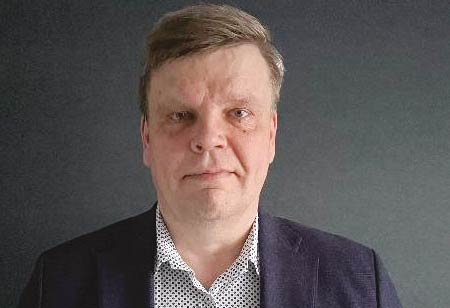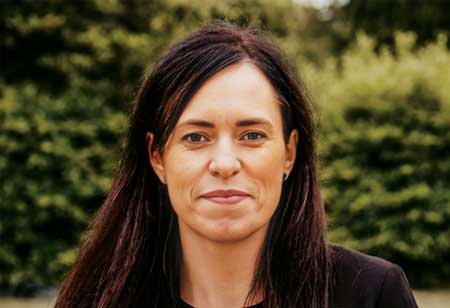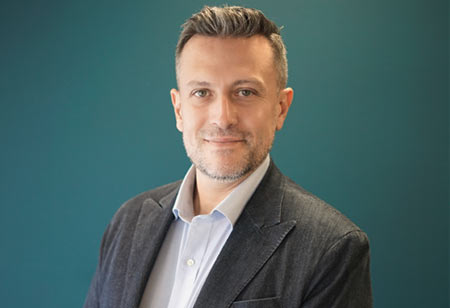THANK YOU FOR SUBSCRIBING

HSQE: A Data-Driven & Intelligent Approach
Luke Hands, Director of Health, Safety, Environmental & Quality Assurance, Ardmore Group

 Luke Hands, Director of Health, Safety, Environmental & Quality Assurance, Ardmore Group
Luke Hands, Director of Health, Safety, Environmental & Quality Assurance, Ardmore GroupServing as something of a cornerstone for my approach to health and safety is a positive reporting culture that priorities safety above perhaps all else. There must be a distinct level of openness and empowerment across the topic of health and Safety within any organization, with operatives being encouraged to report not only incidents and near misses for reporting but also to fully understand the risks at play and the consequences of these potential incidents. Indeed, within our industry, there exists an ever-present discussion on the topic of health and safety; however, this needs to be led by a company’s leadership team members.
While both construction and industrial safety aim to protect workers and the public, they differ significantly in their scope, regulatory framework, and approach to risk assessment. Understanding these distinctions is essential for organizations to develop tailored safety programs that effectively address the unique challenges and hazards present in their respective work environments. By prioritizing safety and adhering to industry specific regulations, both construction and industrial sectors can create safer workplaces for their employees.
I have spent most of my career embedding incident reporting culture across various large-scale construction companies to ensure that their procedure looks at the actuality and potential of all incidents and near misses. In our industry, all incidents must be classified and investigated based on actual and potential outcomes to understand the full potential consequences. In both construction and industrial safety training, ongoing education and periodic refresher courses are essential to ensure that workers stay updated on the latest safety procedures and regulations.
Leadership teams must support a culture of openness where workplace incidents are reported freely. This ensures cause identification in a transparent, fair, and just manner according to established best practices. For me, transparency about accidents/ incidents and their learnings, allowing businesses to establish learnings without dealing with an injury.
Alongside the traditional aspects of health and Safety, I have always been an advocate for the importance of mental wellbeing, especially within the construction industry. In this field, issues such as depression are more prevalent than we might like to admit. Catalysed by the COVID-19 pandemic, mental health and wellbeing is something which businesses across the UK and Ireland have increasingly had to consider as a result of social distancing measures and increased remote working, and while the structuring of operations within construction businesses has not had quite the same dramatic shift, these wider issues have certainly opened up the debate on mental health and the importance of tackling this issue within construction.
I have gone to great lengths in raising awareness of the challenges posed by mental health and well-being, primarily from the perspective of how such issues can be tackled. I am currently finalising my research Doctorate with Middlesex University, which will focus on mental wellbeing throughout the business as well as the sector/industry in its entirety. While there is a wealth of accessible information on the risks of mental health and well-being issues, as well as the prevalence within the industry, the same cannot be said of the solutions and approaches which can be taken to support operatives in their mental health.
HSQE: A Data-Driven & Intelligent Approach
Putting data at the core of decision-making, Luke has been developing health, safety, and well-being stratagems throughout his career, which has delivered meaningful, evidenced change.
This is an area where I have been acutely focused and determined to find proven methods that can keep operatives both physically and mentally in good health while also providing clear metrics and justifications to leadership.
Knowledge and the analysis of the current methods give an understanding of the current mental well-being crisis in the industry, which gives perspective when compared to other risks elsewhere in the sector. The research aims to analyse and determine the effectiveness of occupational stress–reducing interventions. Results show a small but significant overall effect. The research objective is not just to inform and verify the mental health crisis within the industry but to establish measures that can be implemented in order to reduce the risk. I have used my current business as a model to test methods and control measures to implement those that prove successful while promoting them to the wider industry once my thesis has concluded at the end of this year. The industry is lacking data due to many reasons, one of which is the stigma common in men and the male-dominant workforce.
“The challenge with formulating a concise strategy due to increased risk within the industry is a growing apprehension for me, and something I’m quite passionate about is establishing how to improve risk awareness and determine realistic reduction measures to successfully combat the issue”
The challenge with formulating a concise strategy due to increased risk within the industry is a growing apprehension for me, and something I’m quite passionate about is establishing how to improve risk awareness and determine realistic reduction measures to successfully combat the issue. While the industry has noticeably made significant improvements in highlighting the issue of mental health, most agree there still is not enough awareness of mental health within the industry. The industry lacks the more vital data required to combat the issue, similar to how site safety issues were combatted with an improved safety culture in the early 1970s; this is an industrywide concern that needs collective work and research to provide a practical solution. Everything we do on the safety side of the industry is reactive to data, and the same principle should be used for tackling the mental health crisis within the industry. Of course, the subject of mental well-being carries a stigma and is extremely complex, but data is still required; when I speak of data, it is more specifically the data to prove that anything they are trialling or implementing is actually working.
Read Also
Bridging AI and Construction: How Model Context Protocol Is Transforming AEC Workflows
Bringing Information Security to the Core
Data-Driven Approach For More Efficient And Low-Emission Infrastructure Construction And Maintenance
Social Value: Investing in the Legacy of our Projects
Opportunities Offered By Satellite Technology And Low Earth Orbit To The Construction Industry
Bridging Al and Construction: How Model Context Protocol is Transforming AEC Workflows

 Copyright © 2025 All Rights Reserved | by:
Copyright © 2025 All Rights Reserved | by: Construction Tech Review
| Subscribe | About us | Sitemap| Editorial Policy| Feedback Policy


